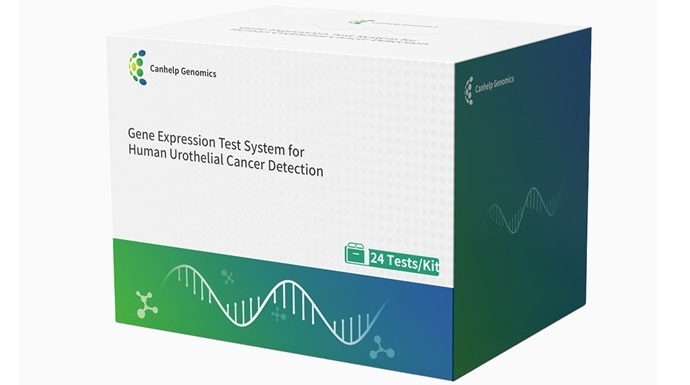Non-Invasive AI-Powered Urine Test Enables Early Bladder Cancer Detection
Posted on 26 Nov 2024
Urothelial carcinoma, the most common type of bladder cancer, ranks among the top 10 most prevalent cancers globally, with an estimated 573,278 new cases and 212,536 deaths in 2020. The absence of specific symptoms and the high recurrence rate make diagnosing and monitoring urothelial carcinoma particularly challenging for the urology community. Early detection and timely monitoring of postoperative recurrence can significantly enhance survival rates and the quality of life for patients with this type of cancer. Current diagnostic guidelines recommend a combination of cystoscopy and voided urine cytology. While cystoscopy is considered the gold standard, it is an invasive, uncomfortable procedure that carries risks of infection, trauma, and high costs. Additionally, the sensitivity (ranging from 68% to 84%) and specificity (31% to 93%) of standard white light cystoscopy are not ideal.
Urine cytology remains the preferred noninvasive method for detecting urothelial carcinoma. However, despite its good specificity, its sensitivity is inadequate, especially for low-grade and low-stage tumors. A review of 26 studies found that the median sensitivity and specificity of urine cytology for urothelial carcinoma surveillance were 35% and 94%, respectively. As a result, existing methods for diagnosing and monitoring bladder cancer are either invasive or lack sufficient sensitivity and specificity. There is an urgent clinical need for an accurate, noninvasive detection method for bladder cancer. Now, a multi-gene diagnostic test offers an advanced solution for diagnosing and monitoring the recurrence of urothelial carcinoma.

The UriBLAD test by Canhelp Genomics (Hangzhou, China) is a non-invasive urine test designed for early detection and recurrence monitoring of bladder cancer. This test uses an 8-gene expression assay combined with artificial intelligence (AI) analysis software to facilitate non-invasive detection when used alongside other clinical assessments. By utilizing real-time quantitative PCR technology, UriBLAD measures the expression levels of eight key genes associated with urothelial carcinoma in urine. The AI algorithms then help distinguish urothelial carcinoma, aiding in diagnosis and monitoring for recurrence.
Unlike cystoscopy, UriBLAD is a non-invasive, painless alternative that improves detection rates of early-stage and low-grade bladder cancer, offering better prognosis prospects for patients. By reducing patient anxiety, it encourages more frequent check-ups, especially for those who need regular surveillance following surgery. Simple to administer for both patients and healthcare providers, UriBLAD provides clinicians with additional diagnostic insights to support further treatment decisions. The test has shown high specificity and sensitivity across all tumor types, with an accuracy of 89.9%, sensitivity of 82.6%, and specificity of 95.1%.
Related Links:
Canhelp Genomics














